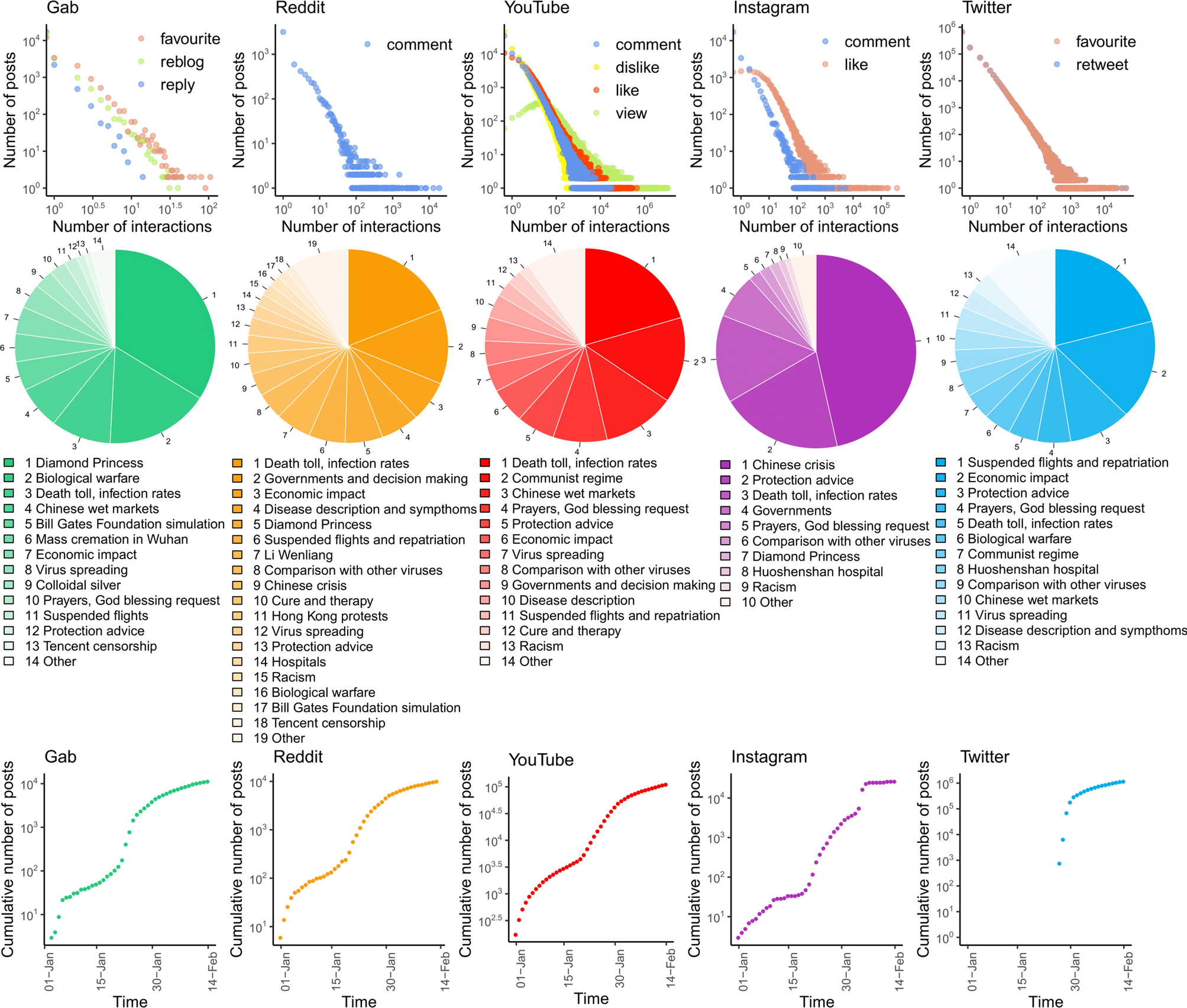

- #The experiment 2010 you tube how to
- #The experiment 2010 you tube full
- #The experiment 2010 you tube tv
So the practice reinforces divisions in achievement.ĭW recommends that teacher’s select students to answer at random (pot of lollipop sticks with all their names on). Those that do participate get smarter, but those that don’t don’t. Some kids can’t wait to take part, but others never do.ĭW says only a quarter of kids consistently put their hands up and this pattern is damaging. Distributed participation - abolishing “hands up!” Each of the headings below is one of the innovations he sought to implement in the experimental term, and what happened. The professor is Dylan Wiliam, henceforward known as DW. The students were 12-13 year olds, in a mixed ability class, in Hertswood School, which has 1,200 students in all.
#The experiment 2010 you tube full
If you want the sweeteners and the irritating Apprentice-style music, you can still view the programmes in full until tomorrow evening. I’ve stripped that out so there’s nothing remotely entertaining in my notes.
#The experiment 2010 you tube tv
It was billed as “One professor, one term, 24 students” and featured some faintly contrived dramatisation and character development, which TV producers seem to think is necessary to make anything watchable. networks have created in the past 60 years.Ĭheck out more Infographics on the Technology Channel.Here are my notes on two one-hour BBC programmes about innovation in methods in an English secondary school.


It was later that year that new models for advertising - outside of the traditional display ads that can be found on most websites - launched. In mid-2007, YouTube started to expand, launching in nine countries and starting a mobile site.Three months later, Google acquired the video site for $1.65 billion. In July of 2006, YouTube hit 100 million video views per day.YouTube officially launched in December 2005 and was then counting eight million videos being watched every day. By May of that year, the site had launched in beta mode, securing $3.5 million of funding from Sequoia Capital six months later. The founder registered in February of 2005.Here, we sort through the clutter and pull out some of our favorite facts and figures: Infographics are always a bit of a hodgepodge of statistics culled from a variety of sources. This new infographic from Mashable walks us through the past six years - since YouTube's launch in 2005 - showing just how quickly the site has grown and when the various monetization efforts were launched. Nobody has demonstrated that more than YouTube, which has incorporated pre-roll video advertising, brand partner programs, promoted content and more. Video, because it's so much different than text or anything else that people are currently creating, offers new possibilities. On the Web, most people rely on two big methods for paying the bills: subscriptions/paywalls and display advertising. networks have created over the past 60 years).
#The experiment 2010 you tube how to
Ever since buying YouTube for $1.65 billion in October 2006, Google has been struggling with how to monetize all of the video being uploaded (now, over a 60-day period, YouTube brings in more video than the three biggest U.S.


 0 kommentar(er)
0 kommentar(er)
